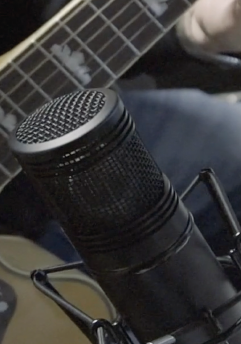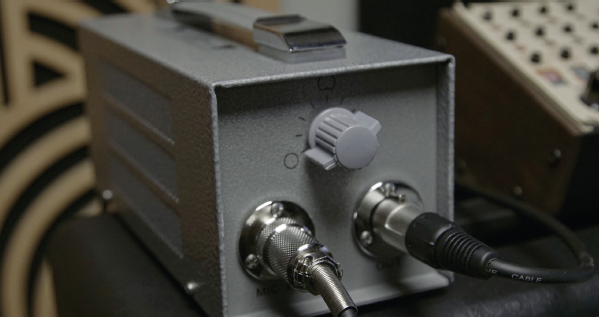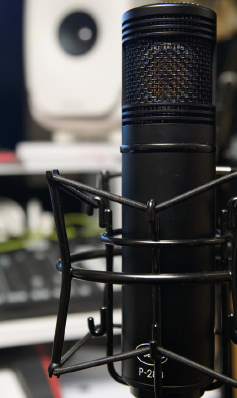After years as a vintage mic repairer, and with some components becoming harder to find, John Peluso set about finding alternative ways to give his customers the vintage sounds they loved. We put one of his finest offerings to date - the Peluso P-280 - to the test at Headliner HQ.
Peluso as a mic manufacturer has been around for some time now and has built its reputation on capturing the essence and sonic qualities of various legendary microphones: from Neumann to Telefunken and AKG. While keeping the legacy of now discontinued but highly sought after models alive, they are perhaps taking over from where the R&D departments of the aforementioned manufacturers left off. In other words, they are not making copies but looking for new component level ways to recreate all that was special and much loved about those vintage legends.
It’s lovely to see a man with a passion for what he has done to keep great vintage microphones in service - and even better when you consider that these products are painstakingly designed, built and assembled by hand in what looks very much like a small cottage industry. Every Peluso mic has been passed through the hands of the man himself, and that’s a rare occurrence in this day and age.
More recently, Peluso brought out a couple of designs based on their own preferences and ideas: firstly, the PS-1, a high-end handheld Large Diaphragm Condenser (LDC) aimed at live work; and more recently the P-280, a LDC vacuum tube studio microphone.
It’s the more recent P-280 which arrived at our studio just in time for second lockdown, beautifully presented in a sturdy wooden box within a flight case complete with power supply, five-metre 8-pin mic cable, shock mount, and direct mount.






